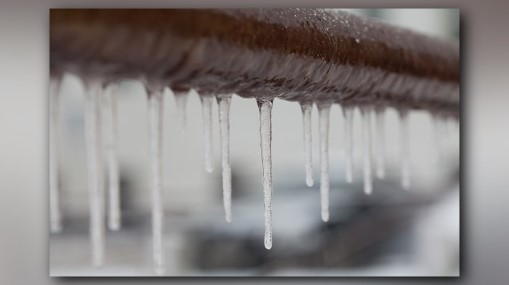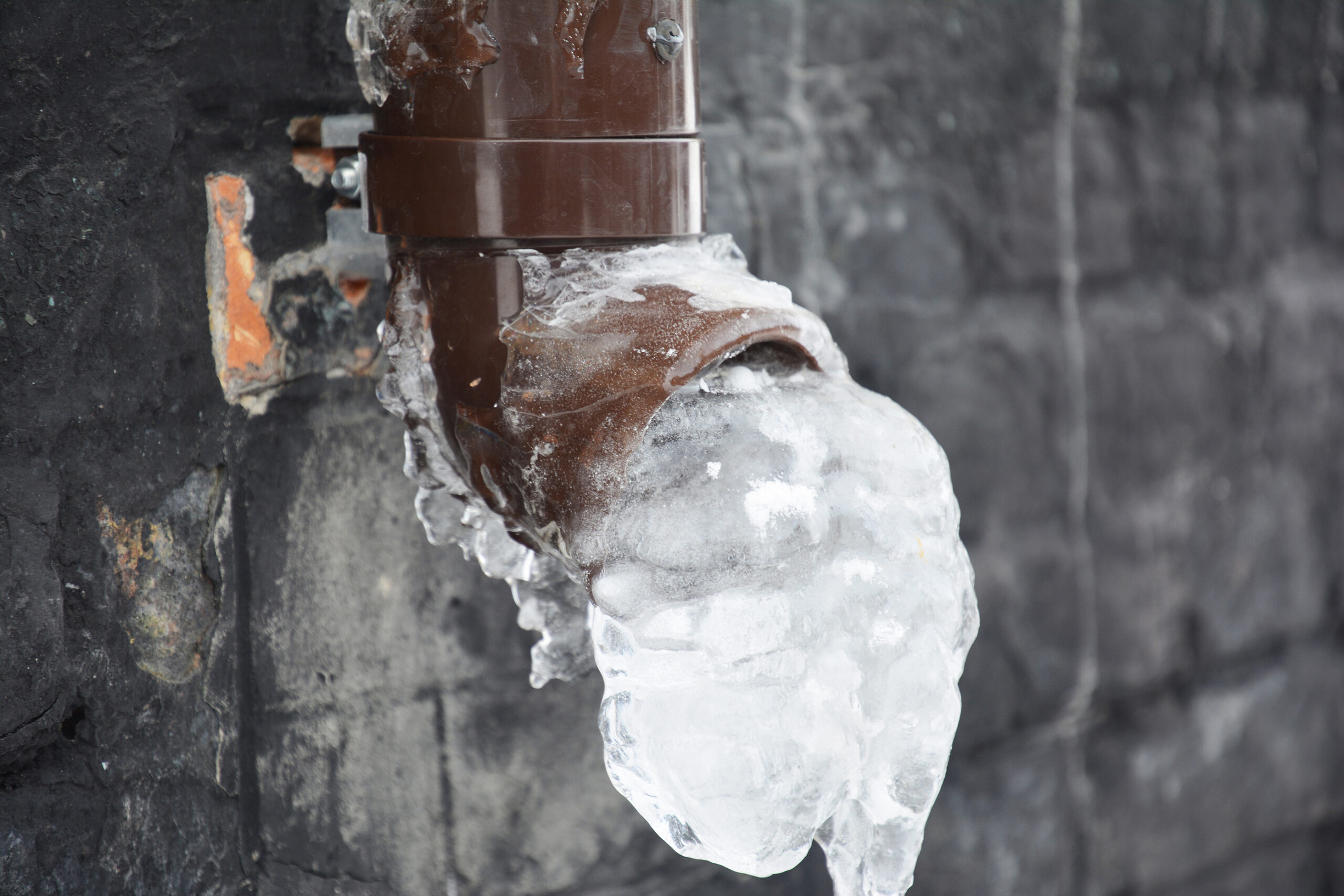Essential Tips to Prevent Frozen Pipes in Winter
Essential Tips to Prevent Frozen Pipes in Winter
Blog Article
On this page down the page you'll find a bunch of sensible details pertaining to How To Avoid Freezing Pipes.

Winter can wreak havoc on your pipes, especially by freezing pipelines. Here's just how to prevent it from occurring and what to do if it does.
Intro
As temperatures drop, the danger of icy pipes rises, potentially causing pricey repair work and water damage. Comprehending exactly how to stop icy pipelines is important for house owners in chilly environments.
Avoidance Tips
Protecting prone pipelines
Wrap pipes in insulation sleeves or use warm tape to secure them from freezing temperatures. Concentrate on pipelines in unheated or outside areas of the home.
Heating strategies
Keep interior rooms appropriately warmed, particularly locations with plumbing. Open up cabinet doors to allow cozy air to circulate around pipelines under sinks.
Exactly how to recognize frozen pipelines
Try to find reduced water flow from faucets, unusual smells or sounds from pipelines, and visible frost on revealed pipes.
Long-Term Solutions
Structural adjustments
Take into consideration rerouting pipes far from outside walls or unheated areas. Include added insulation to attics, basements, and crawl spaces.
Updating insulation
Purchase premium insulation for pipelines, attic rooms, and wall surfaces. Proper insulation assists keep regular temperature levels and minimizes the threat of frozen pipes.
Protecting Outdoor Pipes
Garden hose pipes and outdoor faucets
Detach and drain pipes garden tubes prior to winter. Set up frost-proof spigots or cover outside faucets with shielded caps.
Understanding Icy Pipelines
What triggers pipes to ice up?
Pipelines freeze when revealed to temperature levels listed below 32 ° F (0 ° C) for extended durations. As water inside the pipelines freezes, it increases, taxing the pipeline walls and potentially creating them to break.
Risks and problems
Icy pipelines can lead to water interruptions, home damages, and costly repair work. Ruptured pipelines can flooding homes and cause substantial architectural damage.
Signs of Frozen Pipeline
Determining frozen pipelines early can prevent them from rupturing.
What to Do If Your Pipelines Freeze
Immediate activities to take
If you believe frozen pipes, keep faucets open to ease stress as the ice thaws. Make use of a hairdryer or towels taken in warm water to thaw pipes slowly.
Conclusion
Stopping frozen pipes calls for aggressive steps and fast reactions. By recognizing the reasons, indications, and safety nets, property owners can safeguard their pipes during cold weather.
5 Ways to Prevent Frozen Pipes
Drain Outdoor Faucets and Disconnect Hoses
First, close the shut-off valve that controls the flow of water in the pipe to your outdoor faucet. Then, head outside to disconnect and drain your hose and open the outdoor faucet to allow the water to completely drain out of the line. Turn off the faucet when done. Finally, head back to the shut-off valve and drain the remaining water inside the pipe into a bucket or container. Additionally, if you have a home irrigation system, you should consider hiring an expert to clear the system of water each year.
Insulate Pipes
One of the best and most cost-effective methods for preventing frozen water pipes is to wrap your pipes with insulation. This is especially important for areas in your home that aren’t exposed to heat, such as an attic. We suggest using foam sleeves, which can typically be found at your local hardware store.
Keep Heat Running at 65
Your pipes are located inside your walls, and the temperature there is much colder than the rest of the house. To prevent your pipes from freezing, The Insurance Information Institute suggests that you keep your home heated to at least 65 degrees, even when traveling. You may want to invest in smart devices that can keep an eye on the temperature in your home while you’re away.
Leave Water Dripping
Moving water — even a small trickle — can prevent ice from forming inside your pipes. When freezing temps are imminent, start a drip of water from all faucets that serve exposed pipes. Leaving a few faucets running will also help relieve pressure inside the pipes and help prevent a rupture if the water inside freezes.
Open Cupboard Doors
Warm your kitchen and bathroom pipes by opening cupboards and vanities. You should also leave your interior doors ajar to help warm air circulate evenly throughout your home.

I hope you enjoyed reading our excerpt on Prevent Frozen Pipes . Thanks a lot for taking the time to read our piece of content. Sharing is good. Helping others is fun. I praise you for your time. Revisit us soon.
Click Here Report this page